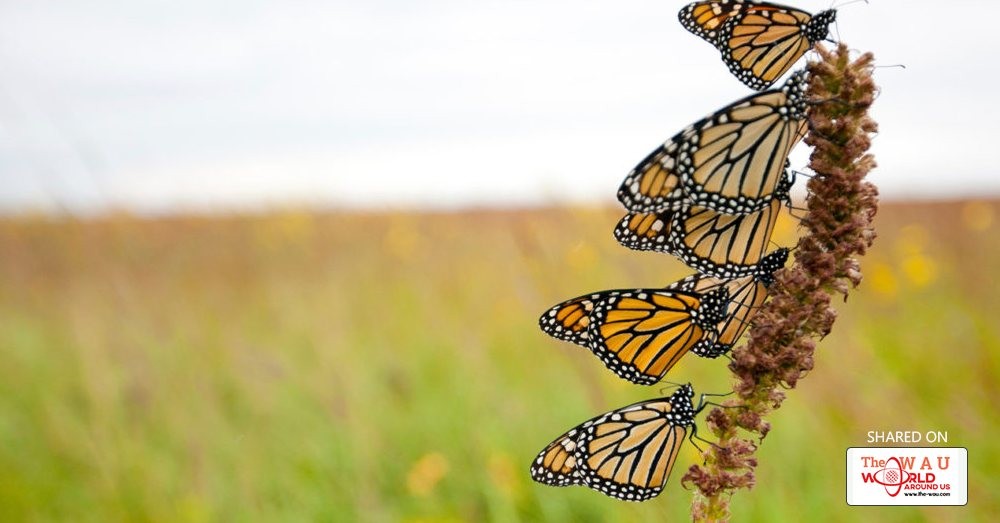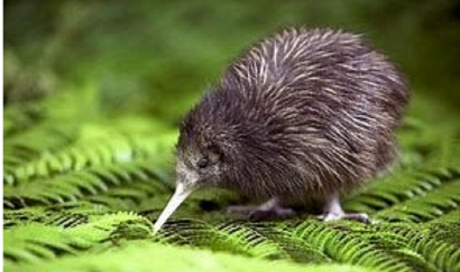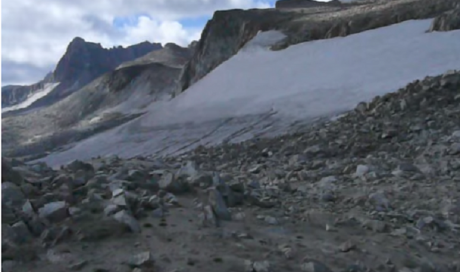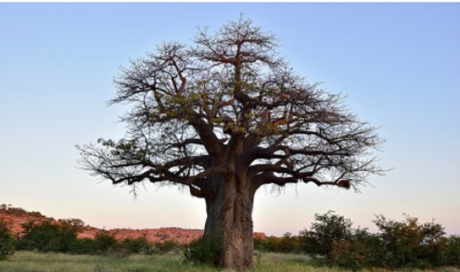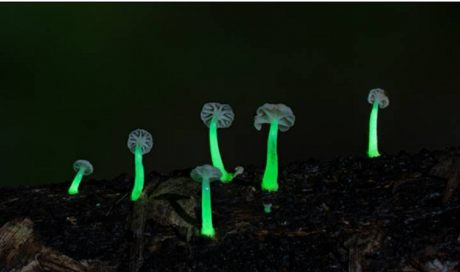Never underestimate the underdog — in sports or in ecosystems. My favorite baseball teams, the Royals and the Cubs, reminded us of this over the last two years, and prairies (the underdog in the world series of ecosystems) proved this again recently in an analysis demonstrating that grasslands have a role to play in our climate change solutions (Ahlering et al. 2016).
Globally, grasslands are one of the most converted and least protected ecosystems (Hoekstra et al. 2005). The rich soil of Earth’s grasslands plays an important role in feeding the world and because of this much of our grassland has been converted to row-crop agriculture.
Loss of grasslands is a big problem for two reasons:
- The continual conversion of native grassland puts all grassland dependent species at risk;
- The rich soil releases tons of carbon into the atmosphere (literally) when converted.
The ability of ecosystems to store carbon is one of the most promising natural solutions to mitigating the impacts of climate change. Strategies that avoid conversion of ecosystems take advantage of this natural ability to offset carbon emissions. Forests have long been recognized for their carbon storage potential. But what about grasslands?

Despite the lack of trees, grasslands store a substantial amount of carbon. Imagine if the trees in a forest grew into the soil instead of towards the sun. This is what the underground world of a grassland looks like. Grasslands are an underground forest of carbon. Native prairie plants have long, dense root systems that store carbon themselves as well as cycle carbon between the above ground vegetation and the soil for storage.
The good news is protecting grasslands keeps that carbon in the ground and provides numerous other benefits to native plants, wildlife and water quality. The even better news is that the avoided emissions from protecting these grasslands are now eligible to be sold as carbon offsets/credits on the voluntary carbon market.
The Voluntary Carbon Market covers all carbon offsets bought or sold outside of the regulated carbon market. Companies that wish to achieve carbon neutral practices and even individuals that wish to offset carbon heavy actions, such as travel, can purchase carbon credits on the voluntary market. The American Carbon Registry, one registry for voluntary offsets, published one of the first methodologies to quantify carbon offsets for the avoided conversion of grasslands, which allowed us to complete this analysis.
In North and South Dakota, where grasslands have seen losses similar to conversion rates in the Amazon forest (Wright and Wimberly 2013), we quantified the emissions that could be avoided from protecting grassland instead of converting to row crops. In this region, if we protected only 10% of the remaining unprotected grasslands we could avoid 11.7 million tons of CO2e emissions over 20 years. This is the same as taking 2.5 million passenger cars off the road for a year. You could also think of it as the entire population of North and South Dakota not driving anywhere for a year and a half, and that is a conservative estimate because not everyone in the Dakotas is of driving age or has a car.
Prairie and grassland enthusiasts take heart. Prairies definitely have a role to play in our climate change strategies. If the Royals and Cubs can win the World Series (in back to back years), there is hope. Prairies will have their day in the sun.

Share This Post

